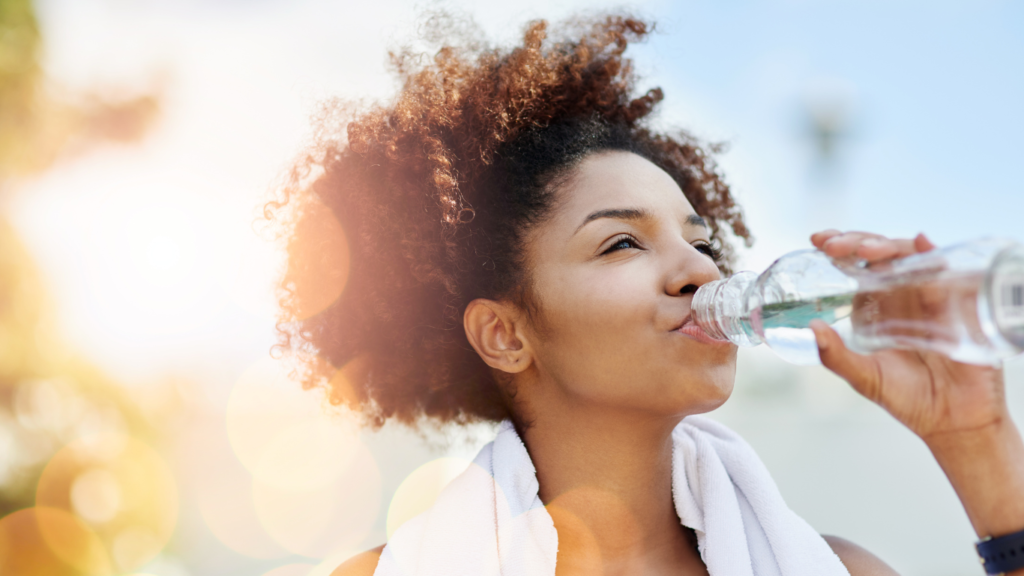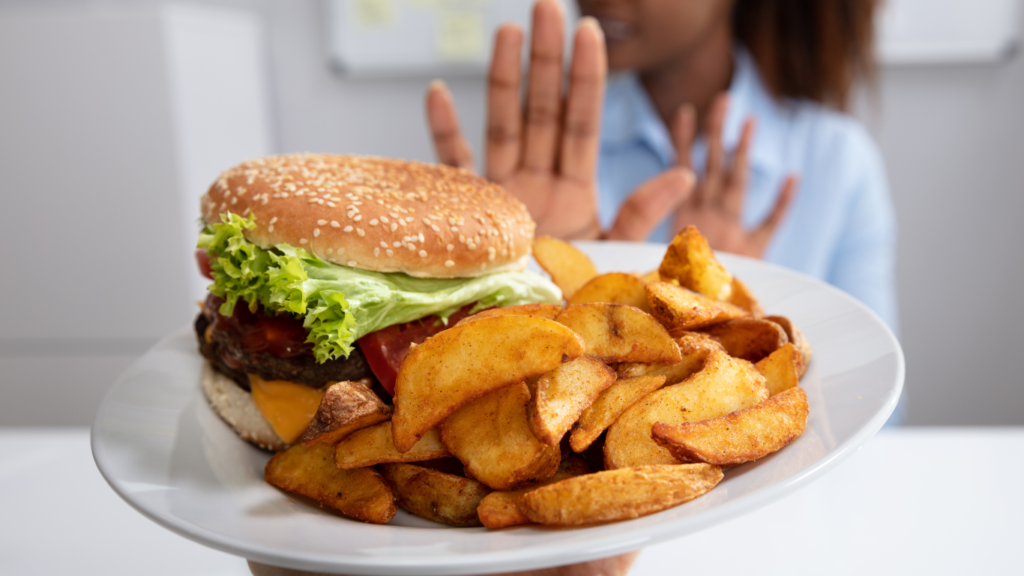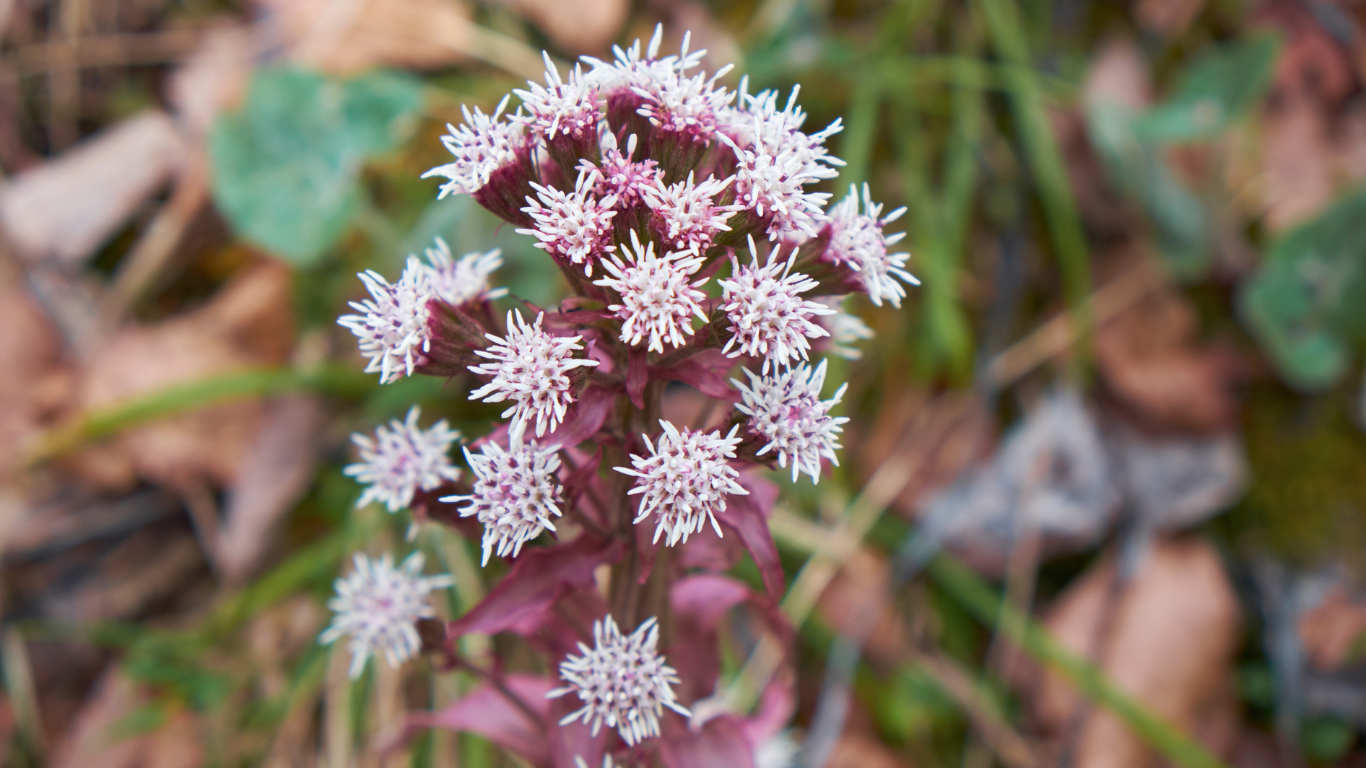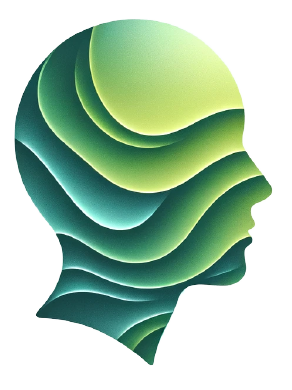Nourishing Relief: How the “Migraine Diet” Supports Migraine Management


For individuals living with migraines, dietary factors can play a significant role in triggering or exacerbating symptoms. The migraine diet, characterized by its focus on identifying and avoiding potential triggers, has emerged as a complementary approach to traditional migraine management strategies.
Key takeaways
In this comprehensive guide, we delve into the
- science behind the migraine diet,
- explore key dietary triggers and dietary plans
- provide practical tips for implementing a migraine-friendly eating regimen.
Dietary Triggers: 4 Red Flags for All Migraine Sufferers
There are four major groups of foods and beverages that should not be part of a diet plan to reduce migraines. They include items with tyramine, alcohol, histamine and chocolate.

- Food with tyramine.Certain foods and beverages contain compounds that have been implicated in triggering migraines in susceptible individuals. One such compound is tyramine, a naturally occurring amino acid derivative found in aged, fermented, and processed foods. Tyramine is thought to trigger migraines by causing blood vessel constriction and releasing neurotransmitters such as norepinephrine.1
The science behind tyramine and migraine: A study published in the journal Neurology 2 found that tyramine-containing foods, such as aged cheese, cured meats, and fermented products, were associated with an increased risk of migraines in susceptible individuals.
- Migraines and alcohol. For migraines, alcohol is another common dietary trigger. While the exact mechanisms are not fully understood, alcohol consumption can lead to dehydration, vasodilation, and alterations in neurotransmitter levels, all of which may contribute to migraine onset. Wine is often a particular culprit. The higher the level of tannins in wine, the more migraine sufferers report a link with drinking that wine and experiencing a migraine attack.
The science behind alcohol and migraine: Research published in Headache: The Journal of Head and Face Pain3 suggested that alcohol consumption, particularly red wine and spirits, was a significant trigger for migraines in migraineurs.
- Migraines and histamine-containing foods. Many of the foods that contain alcohol or tyramine also contain histamine. Histamine is a chemical created in the body that is released by white blood cells into the bloodstream when the immune system is defending against a potential allergen.High histamine sources include celery, fermented foods, alcohol, aged cheeses, eggplant, avocado, citrus foods, dried fruit, legumes, and processed meats. In those sensitive to histamine, this can trigger an allergic response that, in turn, triggers a migraine attack.
The science behind histamine and migraine: There is substantial evidence that systemically given histamine may elicit, maintain, and aggravate headache. One example is a study (again published in Headache)showing histamine’s role as a neurotransmitter in the central nervous system and the impact of this neurotransmitter system in migraine.4 In fact, one of the ways Petadolex®-brand butterbur extract fights migraines is through butterbur’s properties as a natural antihistamine.
- Migraines and Chocolate. Foods containing chocolate are known to cause migraines in some individuals. However, recent studies suggest that chocolate might not always be the villain. In fact, dark chocolate, when consumed in moderation, might even prevent migraines
The science behind chocolate and migraine. Dark chocolate contains flavonoids, which have antioxidant and anti-inflammatory properties that can help reduce the frequency and severity of migraines. Incorporating dark chocolate into your diet, along with other healthy foods, can potentially help in preventing migraines.5
3 Promising Migraine Diet Plans
A systematic review and meta-analysis published in the journal Nutrients5concluded that dietary interventions, including the elimination of trigger foods, may be effective in reducing the frequency and severity of migraines in some individuals. In addition to studies that have investigated the relationship between diet and migraines are studies that have investigated the relationship between specific diets and migraines. In fact, three dietary plans in particular have been proposed as potential nutritional strategies for managing migraines:

- Ketogenic Migraine Diet
The ketogenic diet, characterized by its high-fat, low-carbohydrate, and adequate-protein composition, has gained attention for its potential efficacy in reducing migraine frequency and severity. Ketogenic diet proponents suggest that the metabolic shift induced by ketosis may have neuroprotective effects and reduce inflammation, both of which could benefit migraine sufferers.
- Low-Tyramine Diet for Migraine Prevention
A low-tyramine diet for migraine involves avoiding or minimizing foods that are high in tyramine, such as aged cheeses, cured meats, fermented products, and certain fruits and vegetables. By avoiding foods rich in tyramine, individuals may experience a reduction in migraine frequency and intensity.6
- Gluten-Free Diet for Migraine
Some studies have shown a link between gluten sensitivity and migraines, leading many sufferers to explore gluten-free diets for migraine as a way to reduce the frequency and severity of attacks. A gluten-free diet involves avoiding foods that contain gluten, such as bread, pasta, and baked goods, and instead focusing on naturally gluten-free foods like fruits, vegetables, lean proteins, and gluten-free grains like rice and quinoa.
5 Steps for Adding a Migraine Diet to Your Prevention Plan
Implementing a migraine-friendly diet involves a combination of awareness, planning, and experimentation. Here are five particularly effective ways to get started:
- Keep a Food Diary Keep track of your dietary intake and any associated migraine symptoms to identify potential triggers.
- Gradual Elimination Gradually eliminate suspected trigger foods from your diet and monitor your symptoms for improvement.
- Stay Hydrated Migraine hydration is essential and sufferers should drink plenty of water throughout the day. Include water-rich foods like soups and vegetables to further boost hydration.
- Consider adding a dietary supplement. Dolovent, for example, contains potent levels of three migraine-fighting nutrients — magnesium, riboflavin (Vitamin B2) and Co-enzyme Q10—along with additional antioxidants that support whole-body health.
- Meal Planning Plan your meals and snacks ahead of time to ensure that you have migraine-friendly options readily available
5 Ways a Dietician Can Help with Migraine Management

Consulting with a registered dietitian can offer invaluable support and guidance for migraine sufferers seeking a migraine diet plan that offers relief from this debilitating condition. Here are five examples of how a dietitian can support you:
1. Personalized Nutrition Assessment: A registered dietitian can conduct a thorough assessment of your current dietary habits, lifestyle factors, and migraine triggers. By understanding these unique nutritional needs and migraine triggers, the dietitian can develop a personalized migraine diet plan tailored to your specific requirements.
2. Identification of Foods that Trigger Your Migraines: For some migraine sufferers, the trigger may be tyramine-containing foods. For others, it might be alcohol, histamine or caffeine. A dietitian can help you identify foods to avoid for migraines, while ensuring that you maintain adequate nutrition.
3. Diet Modification to Reduce Migraines: Dietitians are trained to provide evidence-based nutrition counseling and education. They can offer practical advice on meal planning, portion control, and food substitutions to help you adhere to a migraine-reduction diet without feeling deprived.
4. Lifestyle Modifications: In addition to dietary factors, lifestyle habits such as sleep patterns, stress levels, and hydration status can also impact migraine frequency and severity. A dietitian can provide guidance on lifestyle modifications that complement your dietary modifications and support overall migraine management.
5. Monitoring and Support: Migraine management is an ongoing process, and dietary changes may take time to yield noticeable improvements. A dietitian can monitor your progress, provide ongoing support, and make adjustments to your migraine diet plan as needed to optimize outcomes.
Conclusion
Creating a personalized migraine diet offers a sustainable nutrition plan that promotes symptom relief and enhances overall quality of life. The starting point is to understand your own dietary trigger foods and types of migraine-friendly diet plans (ketogenic, for example) most likely to help you avoid those specific trigger foods. A dietician or nutritional counselor may be a great asset in building your own migraine diet.
While dietary interventions may not be effective for everyone, they represent a valuable adjunctive strategy in the comprehensive management of migraines. With careful attention to dietary choices and lifestyle factors, individuals can empower themselves to take control of their migraine symptoms and reduce the frequency of migraine attacks.
Sources
- Di Lorenzo C, et al. “Diet and headache: part 2.” Nutr Rev. 2006 Mar;64(3 Pt 1):95-105.
- Peatfield RC. “Relationship between food, wine, and migraine.” Pract Neurol. 2006 Feb;6(1):32-5.
- Ferraro D, et al. “Diet and migraine: an overview.” Headache. 2019 Jul;59(7):1059-1070.
- 2014 Feb;54(2):246-59. doi: 10.1111/head.12293.Epub 2014 Jan 16.
- Song, MD , T. J. (2020). Chocolate and risk of chronic and episodic migraine. Nutritional Neuroscience. https://doi.org/10.1007/s00394-019-01914-9
- Zivadinov R, et al. “Dietary interventions in migraine: a systematic review and critical appraisal.” Nutrients. 2019 May 22;11(5):1261.
- Di Lorenzo C, et al. “Diet and headache: part 1.” Nutr Rev. 2005 May;63(5):188-200.

Alternative Therapies
2 Aug 2024
7 min read
Butterbur for Migraine: Prevention, effectiveness, and safety
Do you suffer from migraines that interfere with daily life? Have you tried every medication and remedy under the sun with no success? While there are numerous pharmacological treatments available for migraine prevention and relief, many individuals seek alternative or complementary therapies to manage migraine symptoms. Butterbur is one of the most-studied and most-effective natural […]

Natural Remedies
2 Aug 2024
5 min read
Can weather cause migraine headaches? A forecast for fewer headache days
For centuries, individuals afflicted with migraines have reported a curious phenomenon: their headaches seem to wax and wane with changes in the weather. From the onset of a storm, to shifts in temperature, humidity or barometric pressure, the connection between migraine and weather has long captured the attention of scientists and sufferers alike. In this […]

Alternative Therapies
2 Aug 2024
8 min read
Managing Migraines at Work: Strategies and Considerations
Migraines are debilitating neurological conditions that can significantly impact an individual’s ability to function, both at home and in the workplace. Managing migraine symptoms while trying to maintain a career can be challenging. In this article, we will explore your rights and responsibilities in the workplace, plus practical strategies for managing migraines at work and […]



